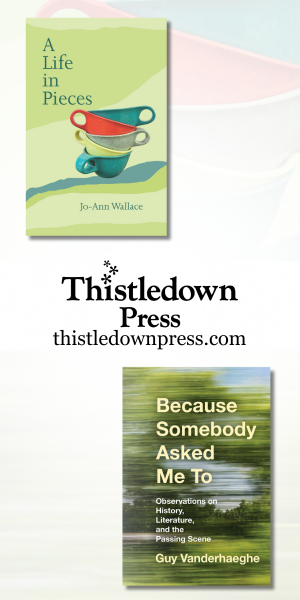A grey granite cenotaph, inscribed with the names of every Canadian killed in the country’s twelve-year mission in Afghanistan, sits somewhere in a warehouse in the east end of Ottawa.
The cenotaph once stood in the Canadian compound at Kandahar Airfield. Every morning, a member of the civilian support staff arrived with a bucket of soapy water and scrubbed it free of dust. Soldiers, when passing by, snapped rigid and offered a salute. It was the site of Remembrance Day ceremonies and a requisite stop on every dignitary’s visit. If you searched for names, you were confronted with faces: those of the dead, chiselled into the black rock, and your own, staring back at you from its polished surface.
When the mission was over, the cenotaph was packed up and shipped back to Canada. It was taken out once for a cross-country tour, but otherwise remains tucked away and forgotten. In this, it is not unlike the war itself: an event that once loomed so large, but now...
Jonathan Montpetit is a Montreal writer. He covered the war in Afghanistan for The Canadian Press.

